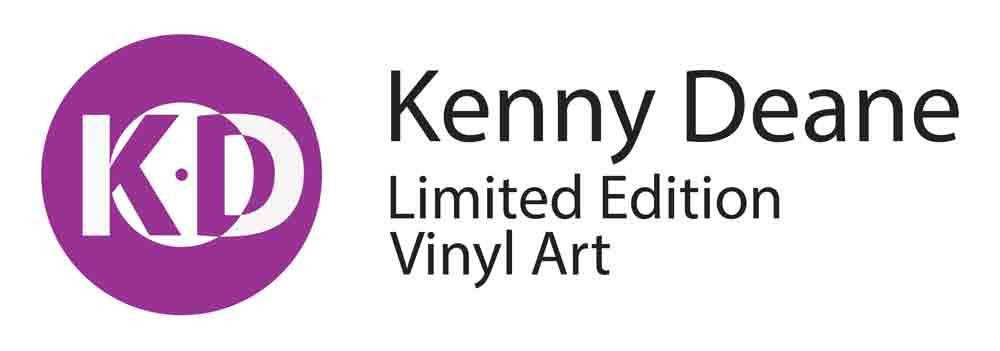Description
Additional information about this The Adventures of Stevie V vinyl art.
The Adventures of Stevie V – The Band
The Adventures of Stevie V was a British dance music act from Biggleswade, Bedfordshire, England. In the late 1980s and early 1990s, it scored several hits on the UK Singles Chart and the US Hot Dance Music/Club Play chart, most notably with the song “Dirty Cash (Money Talks)”. Assembled by producer Steve Vincent (formerly of Brit-funk band Touchdown), the group consisted of Vincent, Mick Walsh and singer Melody Washington. Their most successful single was “Dirty Cash (Money Talks)”, a 1990 dance hit that crossed over to pop radio and charted in both the UK and the US. An album, Adventures of Stevie V followed, with a further two singles reaching the charts – “Body Language”. After the demise of The Adventures of Stevie V, Walsh went on to have a US dance hit with “Set Me Free” by Clubland, having moved to New York City. Vincent meanwhile would go on to teach music technology at Bedford College, Bedford.
Dirty Cash – The Song
“Dirty Cash” is a song by British dance music act the Adventures of Stevie V. It was first released in December 1989 on the Mercury record label, then again in 1990 both on 7-inch vinyl. The 1990 release peaked at number two on the UK Singles Chart, and topped the US and Canadian dance charts. The song features vocals by Melody Washington, a music teacher from Georgia living in England and teaching for the U.S. Air Force, who met Stevie while she was playing in a local club near his home. Mick Walsh composed the track while Stevie Vincent produced it.
The Dollar Sign – The Shape
This record has been modelled into a dollar sign. The dollar sign, also known as peso sign, is a symbol consisting of a capital “S” crossed with one or two vertical strokes ($ or ), used to indicate the unit of various currencies around the world, including most currencies denominated “peso” and “dollar”. The one- and two-stroke version are often considered mere stylistic (typeface) variants, although in some places and epochs one of them may have been specifically assigned, by law or custom, to a specific currency. The Unicode computer encoding standard defines a single code for both.In most English-speaking countries that use that symbol, it is placed to the left of the amount specified, e.g. “$1”, read as “one dollar”.
Need Help? Contact Us










Reviews
There are no reviews yet.